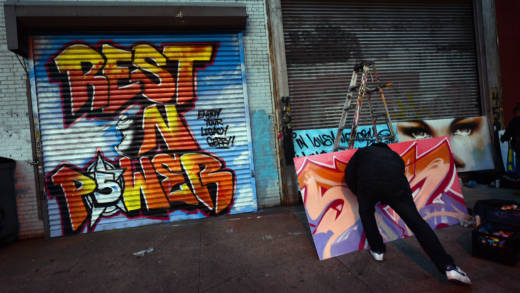A judge awarded $6.7 million Monday to graffiti artists who sued after dozens of spray paintings were destroyed on the walls of dilapidated warehouse buildings torn down to make room for high-rise luxury residences.
U.S. District Judge Frederic Block in Brooklyn said 45 of the 49 paintings were recognized works of art “wrongfully and willfully destroyed” by a remorseless landlord.
Twenty-one aerosol artists had sued the owner of a Long Island City, Queens, site known as 5Pointz under the Visual Rights Act, a 1990 federal law that protects artists’ rights even if someone else owns the physical artwork. Their graffiti was painted over in 2013, and the buildings were torn down a year later.
Before they vanished, the graffiti artworks became a tourist attraction, drawing thousands of spectators daily and forming a backdrop to the 2013 movie, “Now You See Me,” and a site for an Usher tour, the judge noted.
All the while, the crime-ridden neighborhood gradually improved and it became the “world’s largest collection of quality outdoor aerosol art,” though a system set up by the artists meant some paintings were temporary while others were given permanent status, Block wrote.


